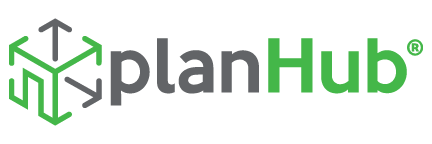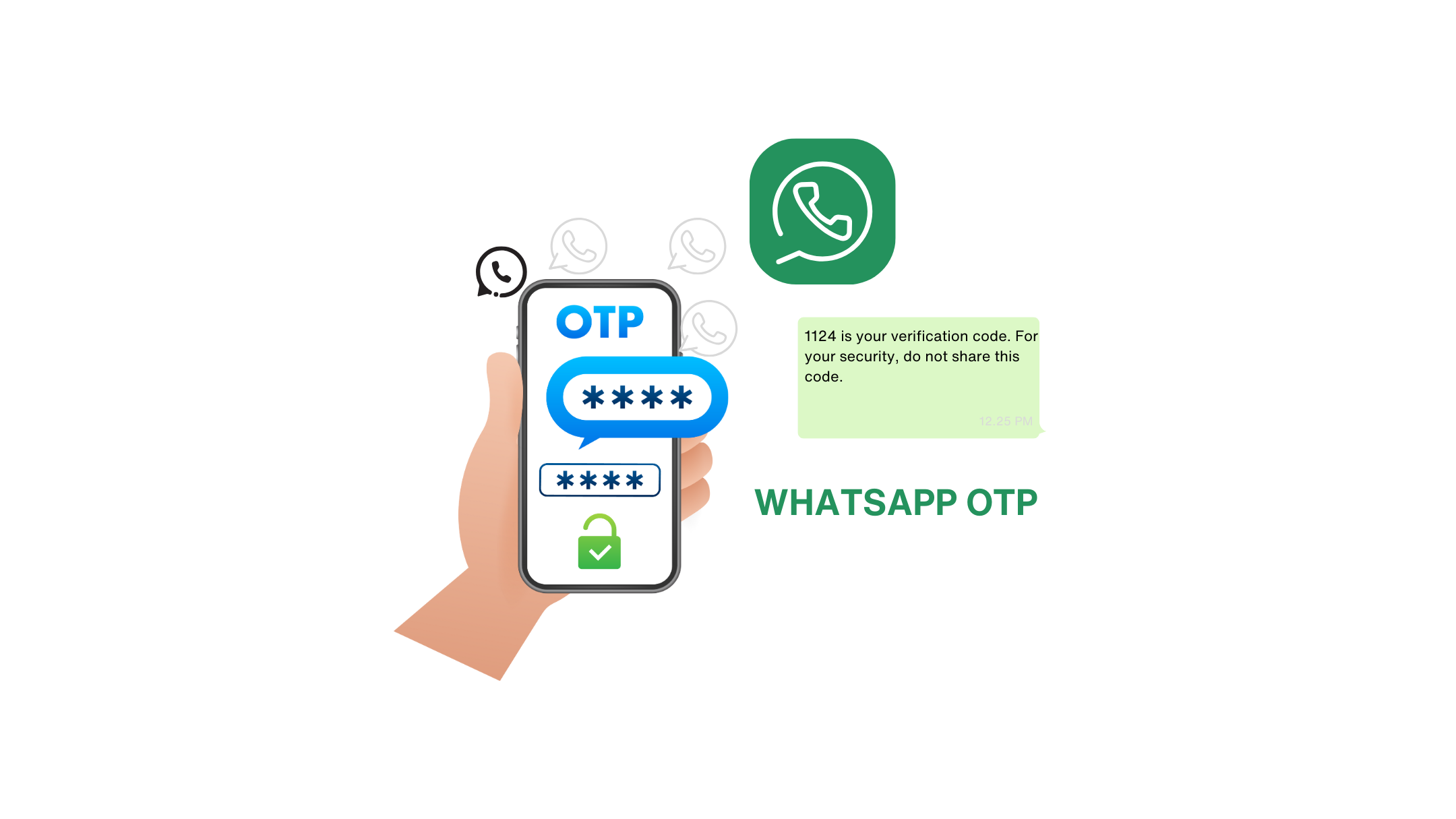In the ever-evolving landscape of digital marketing, data is the cornerstone of effective strategy and decision-making. Among the various types of data available to marketers, first-party data stands out as the most valuable. This blog post will explore the importance of first-party data, its benefits, and provide real-world examples of how businesses can leverage it to achieve their marketing goals.
Understanding First-Party Data
First-party data is information collected directly from your audience through your own channels. This includes data gathered from your website, mobile apps, social media platforms, CRM systems, and other touchpoints where you interact with your customers. Unlike second-party and third-party data, which are acquired from external sources, first-party data is collected and owned by your business.
Benefits of First-Party Data
Accuracy and Reliability
- First-party data is the most accurate and reliable form of data because it comes directly from your audience. It reflects genuine interactions and behaviors, providing a true picture of your customers’ preferences and needs.
- Example: An e-commerce retailer collects first-party data from their website, including purchase history, browsing behavior, and customer feedback, ensuring that the insights are directly relevant to their business.
Cost-Effectiveness
- Collecting first-party data is generally more cost-effective than purchasing second-party or third-party data. Since you are collecting this data through your own channels, there are no additional costs associated with acquiring it.
- Example: A SaaS company uses first-party data gathered from user interactions on their platform to optimize their services and marketing strategies without incurring extra data acquisition costs.
Privacy Compliance
- With increasing regulations around data privacy, such as GDPR and CCPA, using first-party data ensures better compliance. Since you have direct control over the data collection process, you can ensure that it is obtained with proper user consent and handled according to legal requirements.
- Example: A financial services firm collects first-party data through secure, consent-based methods, ensuring compliance with data protection laws and building trust with their clients.
Personalization
- First-party data enables highly personalized marketing efforts. By understanding your customers’ behaviors and preferences, you can tailor your messaging and offers to meet their specific needs, enhancing their experience and increasing engagement.
- Example: A fashion brand uses first-party data to send personalized recommendations and exclusive offers to customers based on their past purchases and browsing history.
Customer Insights
- Analyzing first-party data provides deep insights into customer behavior, preferences, and trends. These insights can inform product development, marketing strategies, and overall business decisions, leading to more effective outcomes.
- Example: A travel agency analyzes first-party data to identify popular destinations and travel preferences, enabling them to create targeted travel packages and marketing campaigns.

With WhatsApp marketing, you can easily collect user data. Utilize WhatsApp marketing comprehensively with WhatsApp ads, WhatsApp chatbots, and WhatsApp push messages! Get in touch now, get detailed information, and start using it!
Leveraging First-Party Data
Enhancing Customer Experience
- Use first-party data to understand customer pain points and improve their journey with your brand. This can involve optimizing your website, enhancing customer service, and tailoring product offerings.
- Example: An online grocery store uses first-party data to streamline the checkout process, offer personalized product suggestions, and improve customer support, resulting in a seamless shopping experience.
Optimizing Marketing Campaigns
- Leverage first-party data to create targeted marketing campaigns that resonate with your audience. By segmenting your customers based on their behavior and preferences, you can deliver relevant content that drives conversions.
- Example: A digital marketing agency uses first-party data to segment their audience and create targeted email campaigns that address specific customer interests and pain points.
Building Customer Loyalty
- Use first-party data to develop loyalty programs that reward customers based on their interactions and purchases. Personalized rewards and incentives can strengthen customer relationships and encourage repeat business.
- Example: A coffee shop chain uses first-party data to track customer visits and purchases, offering personalized rewards and promotions to frequent customers through a loyalty app.
Predictive Analytics
- Apply predictive analytics to first-party data to forecast future customer behaviors and trends. This can help in anticipating customer needs and staying ahead of market changes.
- Example: A subscription box service uses predictive analytics on first-party data to anticipate customer preferences and curate personalized monthly boxes, enhancing customer satisfaction and retention.
First-party data is an invaluable asset for businesses looking to thrive in the digital age. Its accuracy, cost-effectiveness, compliance benefits, and potential for personalization and insights make it a cornerstone of effective marketing strategies. By harnessing the power of first-party data, businesses can enhance customer experiences, optimize marketing efforts, and drive long-term growth. Start prioritizing the collection and utilization of first-party data today to stay competitive and responsive in an ever-changing market.








